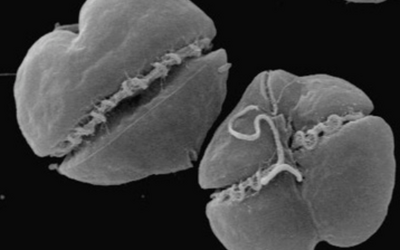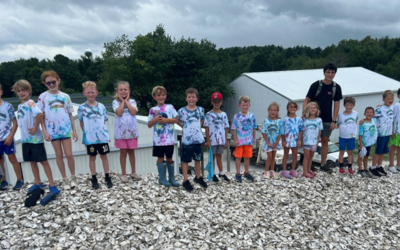Raleigh Hood is a biological oceanographer and professor at Horn Point Laboratory. He has since conducted research in coastal and open ocean environments all over the world, including the Atlantic, Pacific and Indian Oceans and both the east and west coasts of North America. His research is primarily focused on using models to simulate and predict biogeochemical and ecological variability in marine environments. Last year, he published a research paper with his graduate student Jacqueline Tay about the abundance of Chrysaora quinquecirrha (more commonly called sea nettles) medusa in Chesapeake Bay.
“On a global scale, we think jellyfish populations are increasing and that appears to be linked to two factors.
"One is eutrophication or nutrient pollution, which is causing there to be more algae in the Bay and more food, which is beneficial to the jellyfish and more beneficial to them than to fish. The other factor that we think is contributing to long-term increases in jellyfish is overfishing. When you take the fish out of the water, the fish compete with jellyfish for food, so you’re just making more food available for the jellyfish.
"In Chesapeake Bay, the opposite seems to be happening. The jellyfish are actually declining, and that’s not because we don’t have problems with nutrient pollution and overfishing. We do have problems with nutrient pollution and overfishing, but there’s another factor that appears to be playing a larger role and that’s decline in hard substrate, the burial of oyster shells. They’re disappearing. That hard substrate is critical to the life cycle of the sea nettle. Without that hard substrate, they can’t survive the winter because they exist in the winter as plant-like planulae on the bottom.”
Planulae are larvae that develop from eggs after fertilization and float with the currents before eventually attaching to a firm surface, such as oyster shell. The larvae will develop into an anemone-like polyp and grow over the winter. In spring, they develop layers of medusae that will break off into the water and eventually develop into the tentacled jellyfish we commonly know.
Spot jellyfish in the Choptank River on Horn Point Laboratory’s live Jellyfish Cam.





